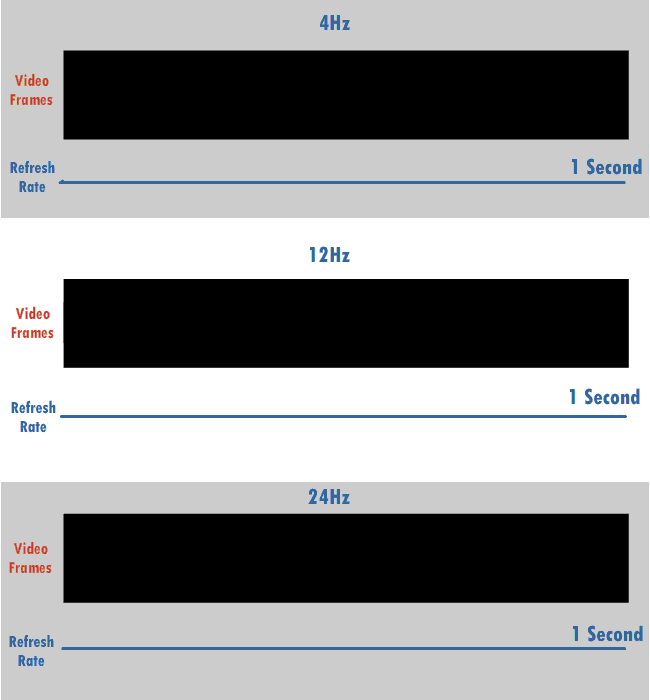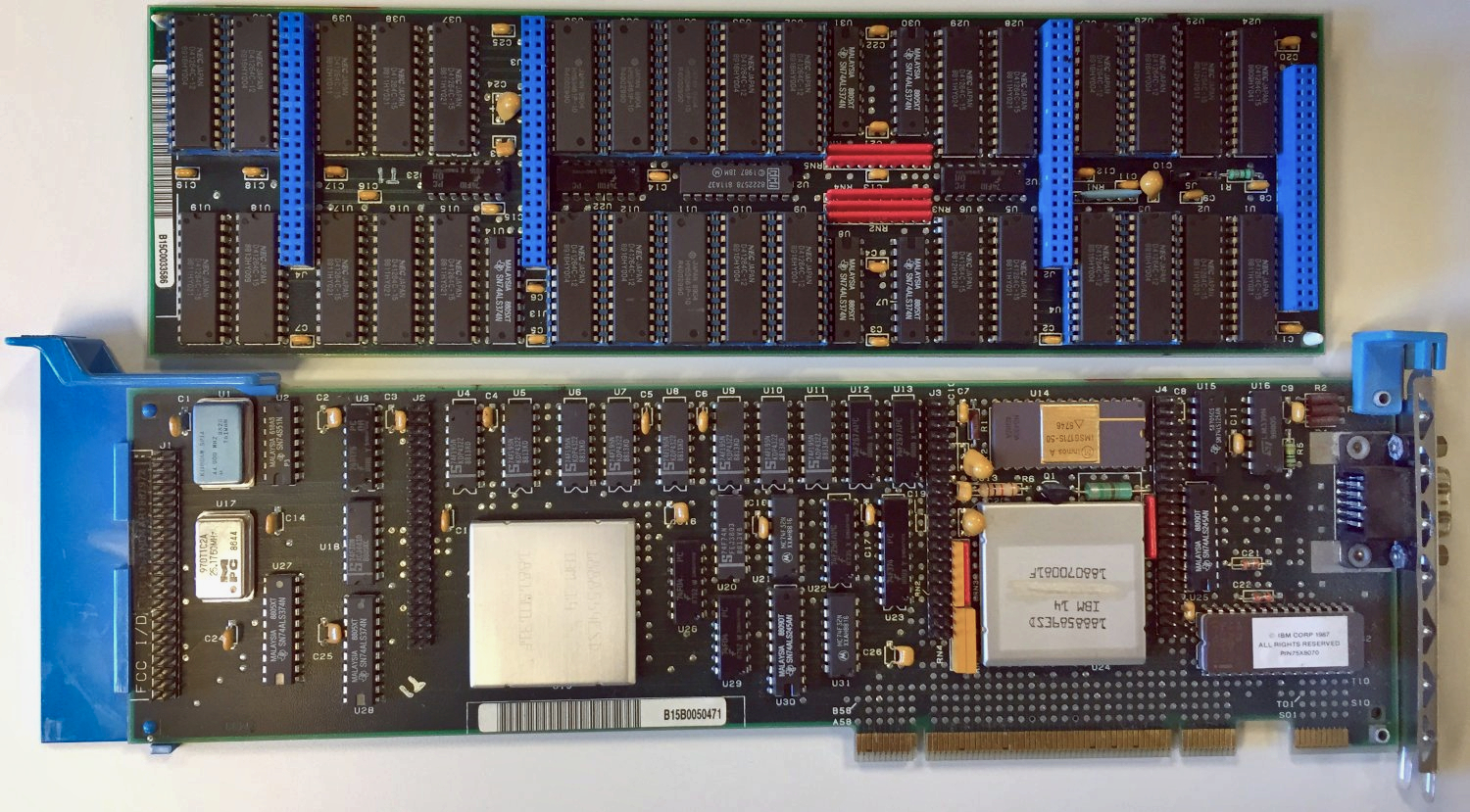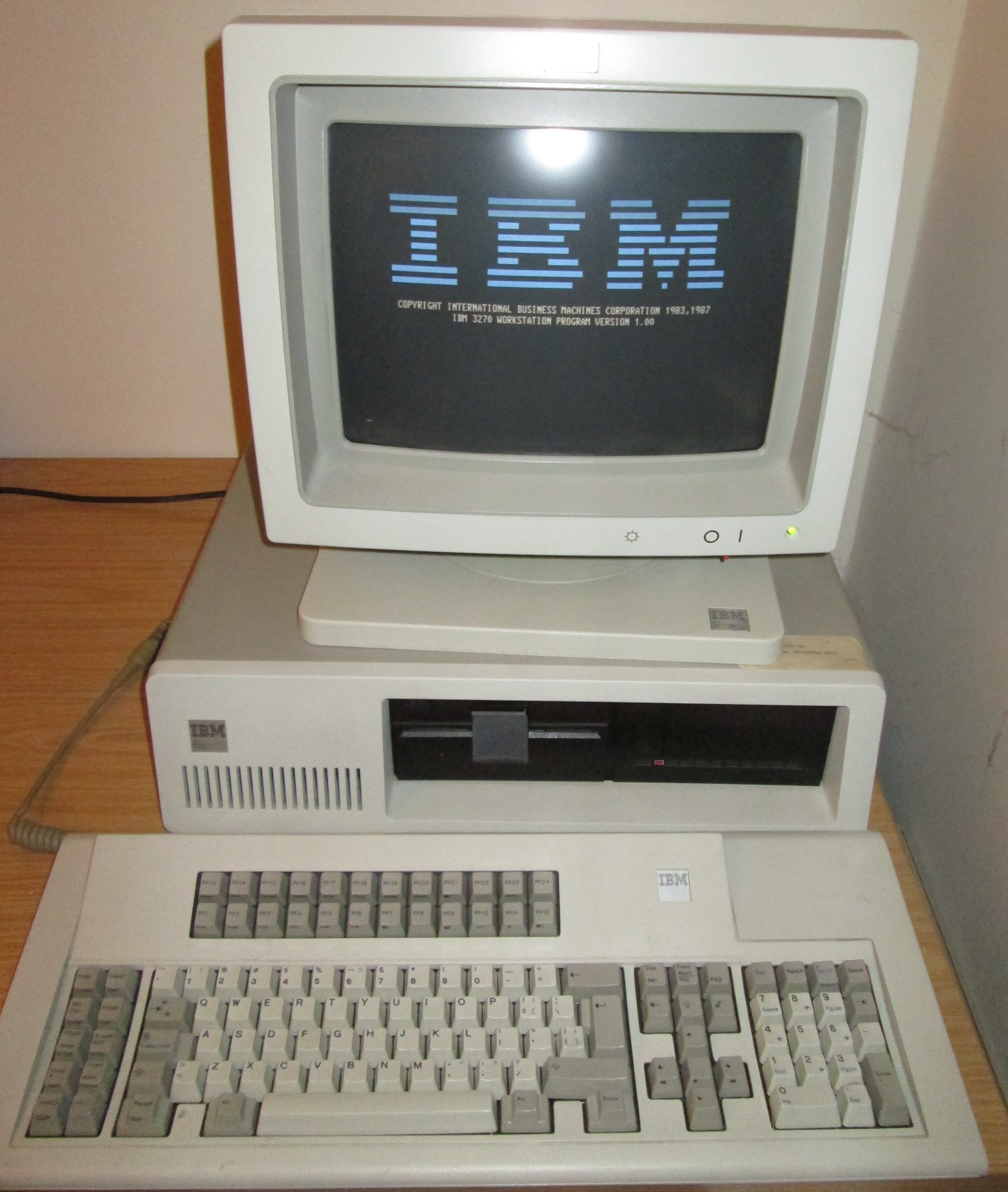|
Extended Video Graphics Array
Extended Video Graphics Array (or EVGA) is a standard created by VESA in 1991 ( VBE 1.2) denoting a non-interlaced resolution of 1024x768 at a maximum of 70 Hz refresh rate. EVGA is similar to (but is not the same as) the IBM XGA standard. The 1990s were a period of evolving standards and EVGA did not achieve wide adoption. External links VESA standards: Video Electronics Standards Association home page See also * Graphic display resolutions * Super VGA Super VGA (SVGA) is a broad term that covers a wide range of computer display standards that extended IBM's VGA specification. When used as shorthand for a resolution, as VGA and XGA often are, SVGA refers to a resolution of 800×600. History ... * IBM 8514/A * IBM XGA * Expanded Graphics Adapter ( IBM 3270 PC peripheral, also referred as XGA) References Computer display standards {{compu-hardware-stub ... [...More Info...] [...Related Items...] OR: [Wikipedia] [Google] [Baidu] |
EVGA Corporation
EVGA Corporation is an American computer hardware company that produces motherboards, gaming laptops, power supplies, All-In-One Liquid Coolers, computer cases, and gaming mice. Founded on April 13, 1999, its headquarters are in Brea, California. EVGA also produced Nvidia-GPU-based video cards until 2022. Products EVGA products include motherboards, power supply units, and related accessories. EVGA initially made graphics cards, dating back to the RIVA TNT2 in 1999. Some of their graphics card models included the SC, SSC, Classified, Kingpin (Stylized K, NGP, N), and FTW editions (as well as special KO editions in the past). In September 2022, the company ended its relationship with NVIDIA and also stopped manufacturing graphics cards. Initially, its motherboards were limited to NVIDIA reference designs and expanded to non-reference designs based on NVIDIA chipsets until NVIDIA exited the motherboard market around 2009. EVGA motherboards began using Intel chipsets starting w ... [...More Info...] [...Related Items...] OR: [Wikipedia] [Google] [Baidu] |
Video Graphics Array
Video Graphics Array (VGA) is a video display controller and accompanying de facto graphics standard, first introduced with the IBM PS/2 line of computers in 1987, which became ubiquitous in the PC industry within three years. The term can now refer to the computer display standard, the 15-pin D-subminiature VGA connector, or the 640×480 resolution characteristic of the VGA hardware. VGA was the last IBM graphics standard to which the majority of PC clone manufacturers conformed, making it the lowest common denominator that virtually all post-1990 PC graphics hardware can be expected to implement. IBM intended to supersede VGA with the Extended Graphics Array (XGA) standard, but failed. Instead, VGA was adapted into many extended forms by third parties, collectively known as Super VGA, then gave way to custom graphics processing units which, in addition to their proprietary interfaces and capabilities, continue to implement common VGA graphics modes and interfaces to the pres ... [...More Info...] [...Related Items...] OR: [Wikipedia] [Google] [Baidu] |
VESA
VESA (), formally known as Video Electronics Standards Association, is an American technical standards organization for computer display standards. The organization was incorporated in California in July 1989To retrieve the information, search for Entity Number C1645094. and has its office in San Jose. It claims a membership of over 300 companies. In November 1988, NEC Home Electronics announced its creation of the association to develop and promote a Super VGA computer display standard as a successor to IBM's proprietary Video Graphics Array (VGA) display standard. Super VGA enabled graphics display resolutions up to 800×600 pixels, compared to VGA's maximum resolution of 640×480 pixels—a 56% increase. The organization has since issued several additional standards related to computer video displays. Widely used VESA standards include DisplayHDR, DisplayPort, and Flat Display Mounting Interface. Standards * Feature connector (VFC), obsolete connector that was ofte ... [...More Info...] [...Related Items...] OR: [Wikipedia] [Google] [Baidu] |
VESA BIOS Extensions
VESA BIOS Extensions (VBE) is a VESA standard, currently at version 3, that defines the interface that can be used by software to access compliant video boards at high resolutions and bit depths. This is opposed to the "traditional" int 10h BIOS calls, which are limited to resolutions of 640×480 pixels with 16 color (4-bit) depth or less. VBE is made available through the video card's BIOS, which installs during boot up some interrupt vectors that point to itself. Most newer cards implement the more capable VBE 3.0 standard. Older versions of VBE provide only a real mode interface, which cannot be used without a significant performance penalty from within protected mode operating systems. Consequently, the VBE standard has almost never been used for writing a video card's drivers; each vendor has thus had to invent a proprietary protocol for communicating with its own video card. Despite this, it is common that a driver thunk out to the real mode interrupt in order to initial ... [...More Info...] [...Related Items...] OR: [Wikipedia] [Google] [Baidu] |
Progressive Scan
Progressive scanning (alternatively referred to as noninterlaced scanning) is a format of displaying, storing, or transmitting moving images in which all the lines of each frame are drawn in sequence. This is in contrast to interlaced video used in traditional analog television systems where only the odd lines, then the even lines of each frame (each image called a video field) are drawn alternately, so that only half the number of actual image frames are used to produce video. The system was originally known as "sequential scanning" when it was used in the Baird 240 line television transmissions from Alexandra Palace, United Kingdom in 1936. It was also used in Baird's experimental transmissions using 30 lines in the 1920s. Burns, R.W. ''John Logie Baird, Television Pioneer'', Herts: The Institution of Electrical Engineers, 2000. 316. Progressive scanning became universally used in computer screens beginning in the early 21st century. Interline twitter This rough animation c ... [...More Info...] [...Related Items...] OR: [Wikipedia] [Google] [Baidu] |
Refresh Rate
The refresh rate (or "vertical refresh rate", "vertical scan rate", terminology originating with the cathode ray tubes) is the number of times per second that a raster-based display device displays a new image. This is independent from frame rate, which describes how many images are stored or generated every second by the device driving the display. On cathode ray tube (CRT) displays, higher refresh rates produce less flickering, thereby reducing eye strain. In other technologies such as liquid-crystal displays, the refresh rate affects only how often the image can potentially be updated. Non-raster displays may not have a characteristic refresh rate. Vector displays, for instance, do not trace the entire screen, only the actual lines comprising the displayed image, so refresh speed may differ by the size and complexity of the image data. For computer programs or telemetry, the term is sometimes applied to how frequently a datum is updated with a new external value from anothe ... [...More Info...] [...Related Items...] OR: [Wikipedia] [Google] [Baidu] |
Graphic Display Resolutions
The graphics display resolution is the width and height dimension of an electronic visual display device, measured in pixels. This information is used for electronic devices such as a computer monitor. Certain combinations of width and height are standardized (e.g. by VESA) and typically given a name and an initialism that is descriptive of its dimensions. A graphics display resolution can be used in tandem with the size of the graphics display to calculate pixel density. An increase in the pixel density often correlates with a decrease in the size of individual pixels on a display. Overview by vertical resolution and aspect ratio Aspect ratio The favored aspect ratio of mass-market display industry products has changed gradually from 4:3, then to 16:10, then to 16:9, and is now changing to 18:9 for smartphones. The 4:3 aspect ratio generally reflects older products, especially the era of the cathode ray tube (CRT). The 16:10 aspect ratio had its largest use in the ... [...More Info...] [...Related Items...] OR: [Wikipedia] [Google] [Baidu] |
Super VGA
Super VGA (SVGA) is a broad term that covers a wide range of computer display standards that extended IBM's Video Graphics Array, VGA specification. When used as shorthand for a resolution, as VGA and XGA often are, SVGA refers to a resolution of 800×600. History In the late 1980s, after the release of IBM's VGA, third-party manufacturers began making graphics cards based on its specifications with extended capabilities. As these cards grew in popularity they began to be referred to as "Super VGA." This term was not an official standard, but a shorthand for enhanced VGA cards which had become common by 1988. One card that explicitly used the term was Genoa's SuperVGA HiRes. Super VGA cards broke compatibility with the IBM VGA standard, requiring software developers to provide specific Display driver, display drivers and implementations for each card their software could operate on. Initially, the heavy restrictions this placed on software developers slowed the uptake of Super ... [...More Info...] [...Related Items...] OR: [Wikipedia] [Google] [Baidu] |
IBM 8514
IBM 8514 is a graphics card manufactured by IBM and introduced with the IBM PS/2 line of personal computers in 1987. It supports a display resolution of pixels with 256 colors at 43.5 Hz (interlaced), or at 60 Hz ( non-interlaced). 8514 usually refers to the display controller hardware (such as the 8514/A display adapter). However, IBM sold the companion CRT monitor (for use with the 8514/A) which carries the same designation, 8514. The 8514 uses a standardised programming interface called the "Adapter Interface" or AI. This interface is also used by XGA, IBM Image Adapter/A, and clones of the 8514/A and XGA such as the ATI Technologies Mach 32 and IIT AGX. The interface allows computer software to offload common 2D-drawing operations ( line-draw, color-fill, and block copies via a blitter) onto the 8514 hardware. This frees the host CPU for other tasks, and greatly improves the speed of redrawing a graphics visual (such as a pie-chart or CAD-illustration). ... [...More Info...] [...Related Items...] OR: [Wikipedia] [Google] [Baidu] |
IBM 3270 PC
The IBM 3270 PC (IBM System Unit 5271), released in October 1983, is an IBM PC XT containing additional hardware that, in combination with software, can emulate the behaviour of an IBM 3270 terminal. It can therefore be used both as a standalone computer, and as a terminal to a mainframe. IBM later released the ''3270 AT'' (IBM System Unit 5273), which is a similar design based on the IBM PC AT. They also released high-end graphics versions of the 3270 PC in both XT and AT variants. The XT-based versions are called 3270 PC/G and 3270 PC/GX and they use a different System Unit 5371, while their AT counterparts (PC AT/G and PC AT/GX) have System Unit 5373. Technology The additional hardware occupies nearly all the free expansion slots in the computer. It includes a video card which occupies 1-3 ISA slots (depending on what level of graphics support is required), and supports CGA and MDA video modes. The display resolution is 720×350, either on the matching 14-inch color mo ... [...More Info...] [...Related Items...] OR: [Wikipedia] [Google] [Baidu] |



